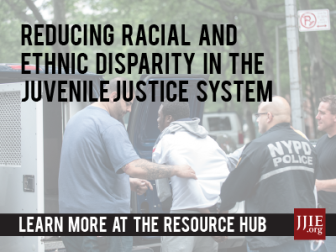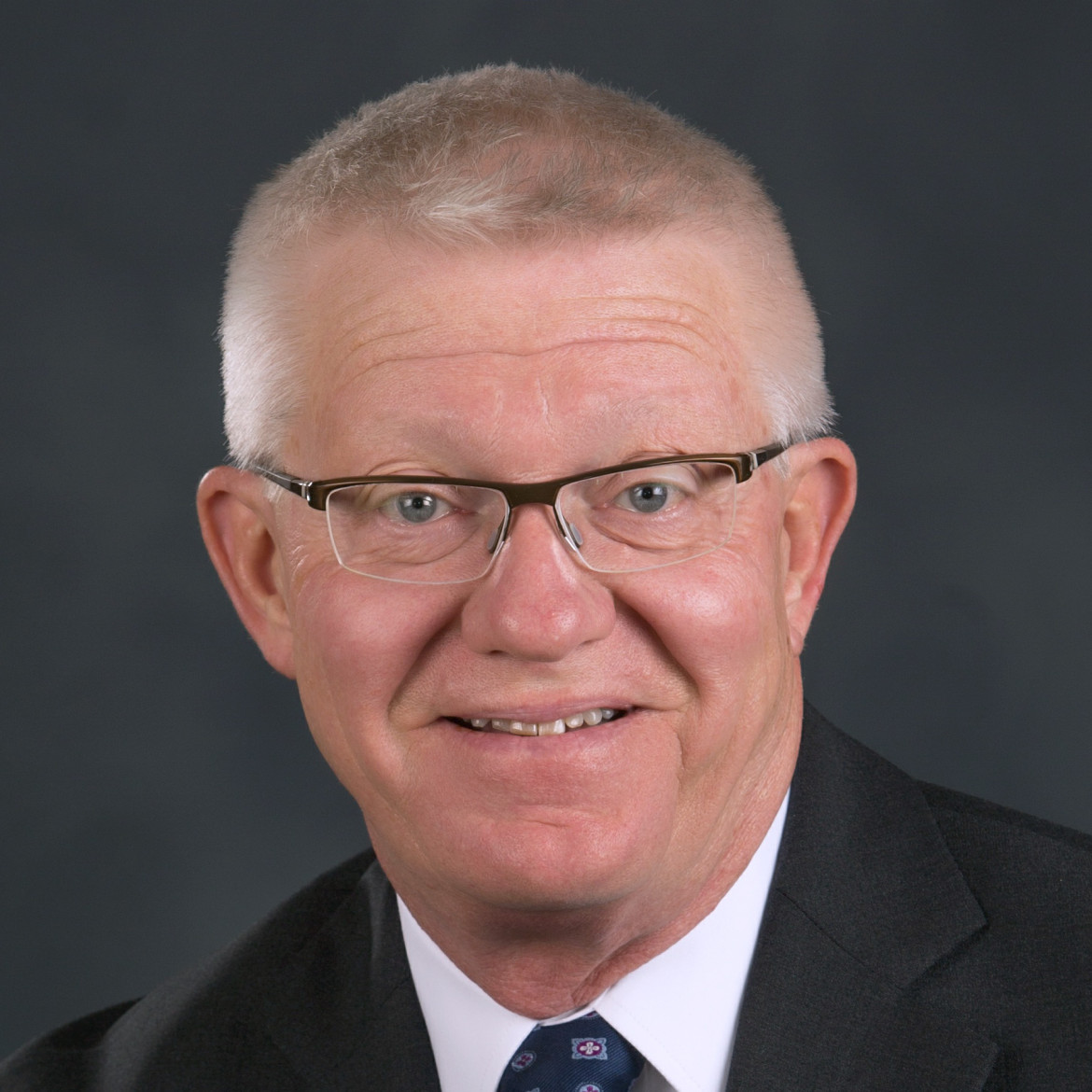 Thanksgiving has passed, leaving pleasant memories of good food with reconnected families and recollections of conversations among people who may seldom have the opportunity to speak together. The chats often begin with safe topics like the weather and current events.
Thanksgiving has passed, leaving pleasant memories of good food with reconnected families and recollections of conversations among people who may seldom have the opportunity to speak together. The chats often begin with safe topics like the weather and current events.
As I was lifting the worst turkey I ever cooked out of the oven, one of our guests asked me what I thought of the protest marches in Chicago. The exact question was: “What do those people think blocking streets will accomplish?”
Because I had to attend to the emergency of a half-baked bird while the rest of the dinner was on the table, my response was truncated. I said that the Vietnam War was ended by people in the streets; that gay people had demonstrated to gain acceptance as members of society; and that people with disabilities marched to create a world in which they could be mobile — maybe people in the streets could move racism into history. Like the roasting of the bird, that conversation ended too early.
[Related: Time to Take Closer Look at Race in Juvenile Justice System]
Protests in Chicago, New York and around the country followed the release of the police cam video of Chicago Police Officer Jason Van Dyke shooting Laquan McDonald 16 times from maybe a 20-foot distance as the 17-year-old was walking away from police cars. The boy was reportedly high on PCP, was brandishing a knife and had been harassing some pedestrians. And he was black — Officer Van Dyke is white.
The protests in Chicago were nonviolent but very direct: Marchers stretched across a very busy interstate highway and stopped traffic. Angry participants blocked store entrances and interrupted shoppers trying to enter. No shots were fired, no blows were thrown, but a great commotion was created.
 I did not have the opportunity to re-engage our dinner companions about their thoughts, but my guess is that the well-mannered middle-class small-town people at our dinner table were put off by the commotion: The shooting was a tragedy but it happens often in our country and what good would protesting do?
I did not have the opportunity to re-engage our dinner companions about their thoughts, but my guess is that the well-mannered middle-class small-town people at our dinner table were put off by the commotion: The shooting was a tragedy but it happens often in our country and what good would protesting do?
Our guests and family members are educated, accomplished and successful members of white society who would benefit from hearing the rest of the story. The video was released 400 days after the event and was forced into the public’s consciousness by a Freedom of Information Act request.
It was kept secret as other police shootings around the country prompted protests in other cities; as Chicago paid out tens of millions of taxpayer dollars to settle other lawsuits against its police; as city politics passed through primaries and a general election. The protesters want a federal investigation and the resignation of the Cook County state’s attorney, the police superintendent and Mayor Rahm Emanuel. (The mayor fired the superintendent Tuesday.)
Whether those actions would change things is unknown, but the marchers have a right to be angry.
What does this Thanksgiving conversation have to do with juvenile justice?
First, the victim was a juvenile — a 17-year-old boy with all the same characteristics we have come to understand about youth brain development. We should use scientific research to change the system, including law enforcement, the first place in the system where a decision is made about a child’s future.
Reform work is done by cops with the support of the International Association of Chiefs of Police and Fight Crime/Invest in Kids, but the topic of alternatives in police practice usually stops at diversion. We need more — alternatives to excessive force, to deadly force.
Of course, alternatives to death on the street already exist. If force is needed, Tasers can incapacitate a person. Pepper spray can, too. “Quarantining” a kid like Laquan is a realistic policy — surround and follow — step in with force only if he does not tire out or come down from a drug-induced state or becomes a genuine threat to others.
More and better alternatives to any use of force can surely be developed but “Shoot first and ask questions later” is a practice that ignores a risk-based approach to policing and creates outrage by the targeted population — black male teenagers and their community members.
In Chicago, marchers were reacting to this child’s death but also to a system that allows secrecy to protect bad cops and those who conceal them through silence; to those who manage information in order to protect themselves from political reprisals; to those who accept voters’ confidence and then break the promise of a democratic system. We cannot accept this without protest.
So ... keep marching. Civil disobedience has led to justice in this country and can do so again. March until we get it right. Change the system.
Judge George W. Timberlake, Ret., is chair of the Illinois Juvenile Justice Commission, and an alternate member of Federal Advisory Committee on Juvenile Justice. He was a trial court judge for 23 years before retiring as chief judge of Illinois' 2nd Circuit. He is a member of the Illinois Models for Change Coordinating Council, the Illinois Juvenile Justice Leadership Council, the Redeploy Illinois Oversight Board and the board of the state Juvenile Justice Initiative.
More related articles:
You Can’t Talk About Justice Without Talking About Race
We All Have Responsibility to End Institutionalized Racism in Juvenile Justice Systems
